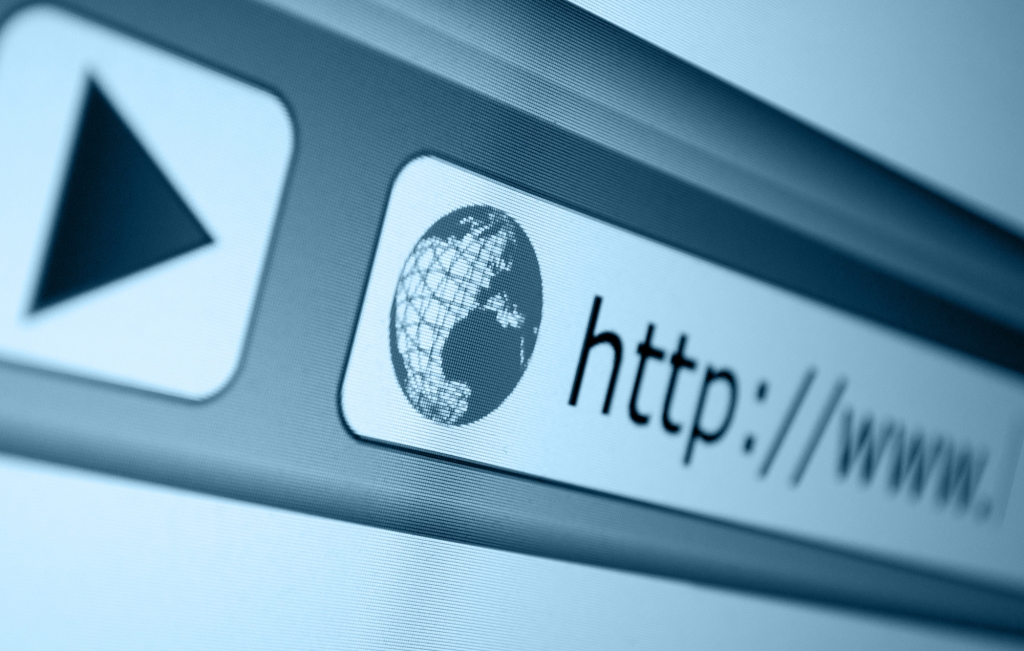
Internet
The internet is an essential part of modern life. It has revolutionized the way we communicate, work, shop, and access information. However, with the endless possibilities and vast amounts of data available online, navigating the internet can be overwhelming and even dangerous if not done correctly.
That's why it's essential to have a comprehensive guide to the internet, laying out the basics of what the internet is, how it works, and how to use it safely and efficiently. This guide explores the fundamental principles of the internet, including the history and development of the World Wide Web, different types of internet connections, online security measures, and tips for finding reliable information.
By equipping yourself with this knowledge, you can navigate the internet with confidence and make the most of its vast resources.
Understanding the Internet's Beginnings
The history of the Internet is a fascinating journey that revolutionized how we communicate, work, and live.
It all began in the late 1960s with the creation of ARPANET, a project by the U.S. Department of Defense aimed at connecting computers across multiple research institutions to share information securely and efficiently.
This network laid the groundwork for today's Internet, evolving from a government and academic tool into a global phenomenon.
As technology advanced, so did the Internet's capabilities and reach. Tim Berners-Lee's invention of the World Wide Web in the early 1990s transformed the Internet from a text-based communication tool to a multimedia platform that allowed users to navigate through hypertext links.
This innovation sparked a rapid expansion in websites and online services, paving the way for the digital age we live in today.
Now, the Internet is indispensable, serving billions of users worldwide for education, commerce, entertainment, and social interaction. From its military origins to its current status as a digital marketplace and social space, the Internet's history is a testament to human ingenuity and the desire for connectivity.
How the Internet Works
The Internet operates through a global network of computers connected by various technologies, including cables, satellites, and wireless signals. When you access the Internet, your computer or smartphone uses an Internet Service Provider (ISP) to send and receive data.
Data travels in the form of packets, which are small chunks of information. These packets move across the network via routers, which direct them to their destination based on IP addresses - unique identifiers for devices on the Internet.
Web browsers help you navigate the Web by translating domain names, like interfuse.com, into IP addresses. The seamless coordination between these elements allows you to browse websites, send emails, and stream videos, making the Internet a powerful tool for global connection.
Common Internet Terminologies
The Internet can seem like a complex web of terms and acronyms. Understanding common internet terminologies can demystify the web and enhance your online experience.
- URL (Uniform Resource Locator): A URL is the web address you type into a browser to visit a webpage. It directs your browser to the exact location of the online resource.
- HTTP (Hypertext Transfer Protocol) and HTTPS (HTTP Secure): These protocols are rules for transferring web page data over the internet. HTTPS includes encryption for security, protecting data exchange between your browser and the website.
- IP Address (Internet Protocol Address): This is a unique number assigned to every device on the Internet, like your home address for your computer or smartphone.
- ISP (Internet Service Provider): An ISP is the company that provides your internet connection, such as Comcast or AT&T.
- Router: This device connects multiple networks and directs data packets to their destination through the most efficient path.
- Wi-Fi: A wireless networking technology that allows your devices to connect to the internet without physical cables.
- Cloud Computing: Storing and accessing data and programs over the internet instead of on a local hard drive.
- Bandwidth: Refers to the maximum rate at which data can be transferred over an internet connection, usually measured in megabits per second (Mbps).
Knowing these terms can help you navigate the internet more efficiently and understand the services you're using. As the web continues to evolve, keeping up with internet terminology plays a crucial role in staying informed and safe online.
General Overview of Today's Internet
In today's fast-paced digital age, the internet has evolved into a dynamic and ever-expanding platform that influences various aspects of our lives. This section provides a comprehensive overview of the current state of the internet, highlighting its usage trends and emerging technologies.
Internet Usage Statistics and Trends
With over 5.4 billion internet users globally, the internet has become a vital tool for communication, commerce, and entertainment. Social media platforms, such as Facebook and Instagram, boast billions of users, facilitating connections and information sharing on a global scale. The growth of major e-commerce businesses like Amazon and Alibaba has changed the way we shop, with online shopping becoming increasingly common.
Impact of Technology Advancements
Technological advancements continue to shape the internet landscape, with innovations like artificial intelligence (AI) and the Internet of Things (IoT) revolutionizing how we interact with digital devices.
AI-powered chatbots provide personalized customer service, while IoT devices enable seamless connectivity and automation in our homes and workplaces.
Internet Security and Privacy Concerns
Amidst the benefits of the internet, concerns around security and privacy loom large. Data breaches, identity theft, and online scams pose significant risks to internet users. As individuals increasingly share personal information online, safeguarding data privacy has become a critical issue that requires proactive measures and robust cybersecurity protocols.
Future of the Internet
The future of the Internet is poised for profound growth and innovation. With the development of faster networking technologies like 5G and fiber optics, internet speeds will dramatically increase, enabling more robust and immersive online experiences.
The expansion of the Internet of Things (IoT) promises to connect everyday objects to the web, offering greater convenience and efficiency in homes and industries. Additionally, advancements in artificial intelligence and machine learning will make online interactions more personalized and predictive.
As more of the world gets online, bridging the digital divide becomes essential to ensure equitable access to information and opportunities. The Internet's trajectory leans towards a more connected and intelligent global community.
Conclusion
In summary, the Internet has transformed from a simple network for data exchange to an integral part of daily life.
Its ongoing evolution has consistently broken barriers, connecting people across the globe and creating new opportunities for learning, business, and interaction.
As technology advances, we can anticipate even greater strides in speed, accessibility, and functionality. Challenges like security and privacy remain at the forefront, demanding innovative solutions to protect users.
The future of the Internet holds vast potential, promising to reshape the way we live, work, and connect with each other. Embracing its growth while addressing these issues is vital to harness the full power of the Internet for generations to come.
Images
Sub-topics
Contributors
Last Modified: October 2, 2024
